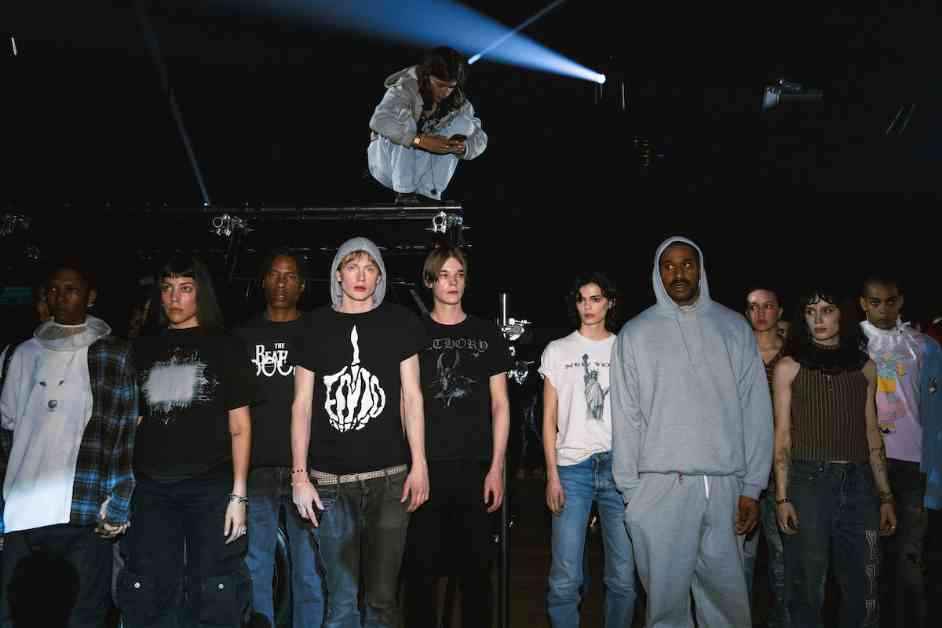Anne Imhof’s DOOM: A Provocative Exploration of Contemporary Artistry
Anne Imhof, a former bouncer turned Golden Lion–winning artist, has always drawn inspiration from her roots in the nightlife scene. Her latest performance piece, DOOM, premiered at New York’s Park Avenue Armory, where attendees were met with a unique experience that blurred the lines between art and reality.
As the audience gathered in front of the barricades inside the Drill Hall, the anticipation was palpable. The smoky darkness and crowded space created an atmosphere that felt both exhilarating and claustrophobic. For some, the experience evoked memories of police tactics like kettling, adding an unexpected layer of tension to the performance.
DOOM, a three-hour spectacle, showcased a group of performers and a fleet of black Cadillac Escalades in a setting reminiscent of a gymnasium. Imhof’s signature style, marked by provocative themes and immersive environments, was on full display, inviting viewers to question their perceptions and reactions to the unfolding narrative.
The performance, loosely based on Romeo and Juliet, featured Eliza Douglas as Juliet, alongside a cast embodying various characters from the classic play. The unconventional adaptation incorporated elements of French-language rap, wolf-like howling, and contemporary dance, challenging audiences to interpret the story through a modern lens.
Imhof’s decision to forego traditional program notes added to the enigmatic nature of the performance, allowing each viewer to form their interpretation of the narrative. The deliberate ambiguity of DOOM underscored the artist’s commitment to pushing boundaries and exploring the complexities of human interaction.
Throughout the performance, the use of smartphones and WhatsApp messaging added a layer of detachment, emphasizing the isolation and disconnect felt by both performers and onlookers. The juxtaposition of intimate moments with larger-than-life settings created a sense of voyeurism, blurring the lines between reality and fiction.
As the performers moved through the space, interacting with each other and the audience, themes of identity, community, and rebellion emerged. Imhof’s deliberate choice to disrupt viewer comfort, both physically and emotionally, challenged conventional expectations of art and performance, inviting reflection on the state of contemporary society.
While DOOM may not have resonated with all viewers, its impact was undeniable. By confronting audiences with discomfort and disorientation, Imhof succeeded in creating a thought-provoking experience that transcended traditional artistic boundaries. As the performance drew to a close, the lingering sense of unease and uncertainty left a lasting impression on those who witnessed it.
In a world where art often seeks to entertain or inspire, Anne Imhof’s DOOM stands out as a bold exploration of the human condition. By embracing the complexities of emotion and expression, the artist invites us to confront our fears, desires, and insecurities, challenging us to redefine our understanding of contemporary artistry in an ever-changing world.












